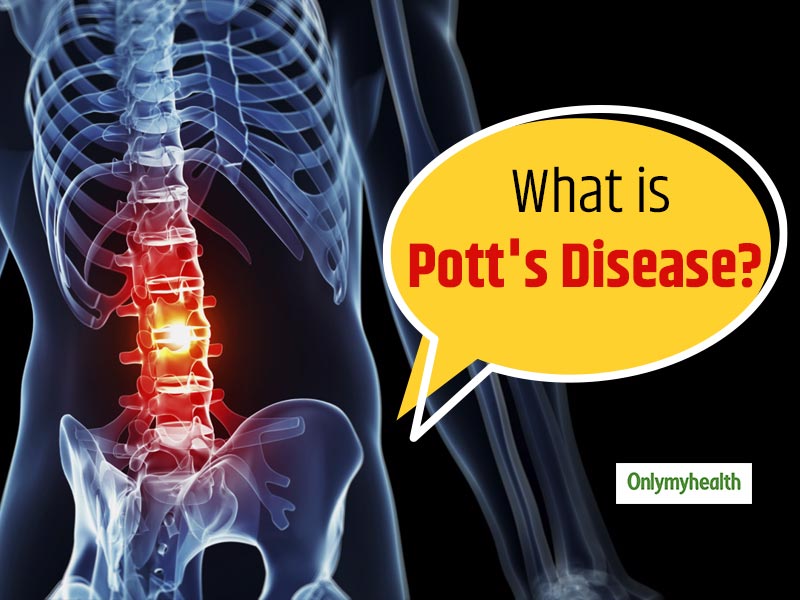
Do you know what tuberculosis of the spine is? It is a kind of extrapulmonary tuberculosis that affects the spine and is also known as Pott’s disease. You will be shocked to see that it is a type of tuberculosis arthritis of the intervertebral joints. Moreover, it is known as tubercular spondylitis scientifically, which usually affects the thoracic portion of the spine.
Table of Content:-
Causes
Do you know the purpose of tuberculosis of the spine? Its leading cause is the hematogenous spread of tuberculosis infection from pulmonary (other parts often). Later, it spreads from 2 adjacent vertebrae into the adjoining inter-vertebral disc space. However, the disc is healthy if only one vertebra is affected. But, do you know that it stops receiving nutrients and collapses when the avascular drive is affected? Due to the cessation of nutrients, the disc tissue gets broken down and dies. It causes a vertebral narrowing and ultimately leading to vertebral collapse and spinal damage.

Symptoms
Some common symptoms of Pott’s disease are back pain, fever, weight loss, loss of appetite, night sweats, imbalance, clumsiness, anorexia, and even paralysis. Patients with tubercular spondylitis experience acute back pain, which can cause tingling, numbness or weakness in the legs. Pain in the spine leads to weakened muscles and causes the sufferer to sit and walk in a rigid and upright manner.
Also Read: How to Prevent Tooth Cavities
Diagnosis

Spinal tuberculosis can be diagnosed using several ways. After experiencing any of the symptoms, consult a doctor immediately. The doctor will examine the motion range in your spine. Several neurological tests will be conducted and your complete medical history will be assessed to know the reason behind developing TB infection. To confirm the prevalence of tuberculosis, your blood tests or X-rays can be taken. Magnetic resonance images (MRIs) and bone scans are necessary, sometimes.
Also Read: How your teeth change with age
Treatment
The treatment course for each patient depends on various factors such as the patient’s age, the severity of the back pain and response to other treatments. With proper medications, the patient is prescribed full bed rest to take vitamin supplements and restrict much of physical labour. For quick recovery, patients are advised to do spinal exercises and sometimes, a back brace is necessary. If the damage becomes severe, the doctors recommend surgery. Back surgery is the last resort, and usually, patients do not require it.

How to prevent Spinal Tuberculosis?
Judging the symptoms initially and controlling the spread of tuberculosis infection may prevent the occurrence of tubercular spondylitis and arthritis. Patients with a positive tuberculin sensitivity test, but not with active tuberculosis may minimize the risk of spreading TB infection by adhering to the proper routine of taking anti-TB medicines.
Read more articles on Other Diseases
How we keep this article up to date:
We work with experts and keep a close eye on the latest in health and wellness. Whenever there is a new research or helpful information, we update our articles with accurate and useful advice.
Current Version
